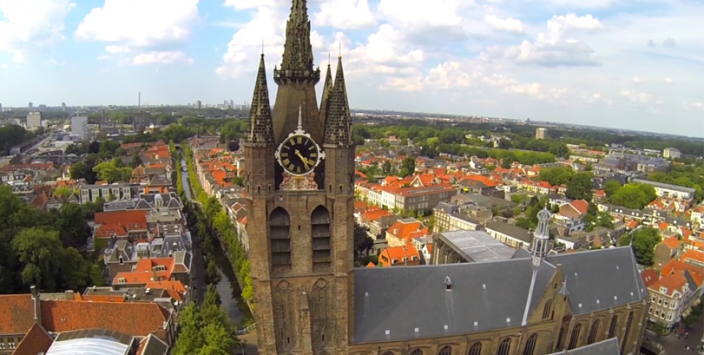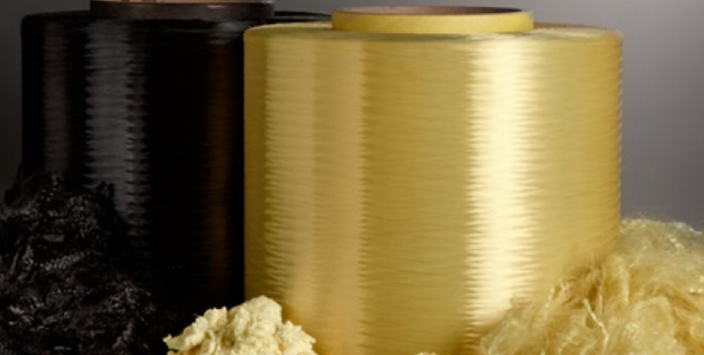Oude Kerk Delft – The Bourdon Bell and the Skewed Tower
The first parish church of Delft, the old church, was built around 1200. In front of the church a 75 meters high tower, with a brickwork spire and four turrets, was built in 1350. Even during its construction, the tower was plagued by subsidence. This could be because the water in the Oude Delft hadView problem details
Demis – Zoning Problem in Determining Environmental Impacts of Traffic
Introduction Traffic has an impact on the environment. Traffic models are normally used to calculate the traffic intensities on the road network. The calculated traffic intensities form the basis for calculating environmental impacts. In the impact assessment, the traffic intensities are converted to the width of the zone that has negative impacts on the traffic.View problem details
X-flow – Leakage Detection Method
For the purification of water hollow fiber membranes are increasingly being used. These are porous reeds with a diameter of between 1 to 2 mm, made by a particular type of plastic. The ‘wall’ of these reeds has a fine porous structure that is permeable for water, but not for particles of certain sizes. TheView problem details
AOT – ADR Option Trading
Problem The problem AOT presents is that of ADR-option pricing. In the brief outline below the problem and its setting are described. In the final presentation of the problem, a brief introduction to options and option pricing will be given, such that the jargon will be clear. ADRs As a stock and derivative trading firm,View problem details
Rekenkamer – Is there a Financial Life After an Error?
In many cases, accountants make their judgment on a financial report based on samples taking at random. An approval is issued when the data in the report satisfies a given reliability interval (often reliability of 95% is used), i.e., the errors found in the samples is not exceeding a certain critical value. In reality, quiteView problem details
Twaron – The Rotor Spinning Process for Fibre Production
At Teijin Twaron in Arnhem new ways of producing fibres are being developed. One of the interesting new techniques is “The Rotor Spinning Process”. In principle, this process looks a lot like the making of sugar floss (or cotton candy) at the carnival/fair. Here, however, we deal with a polymer-filled disc with tiny holes. TheView problem details







